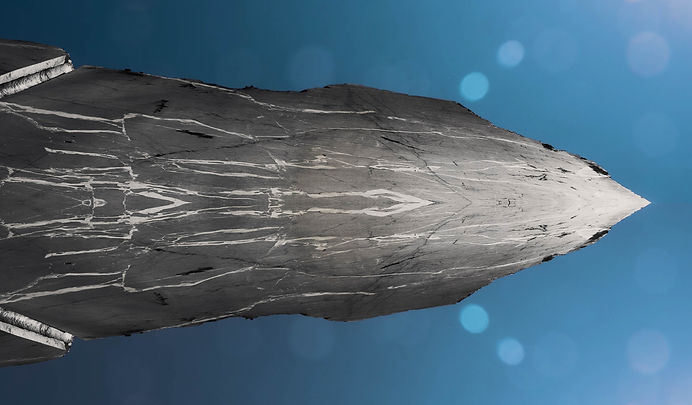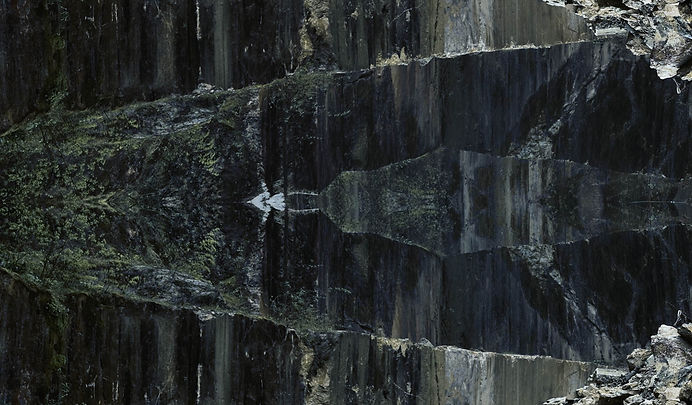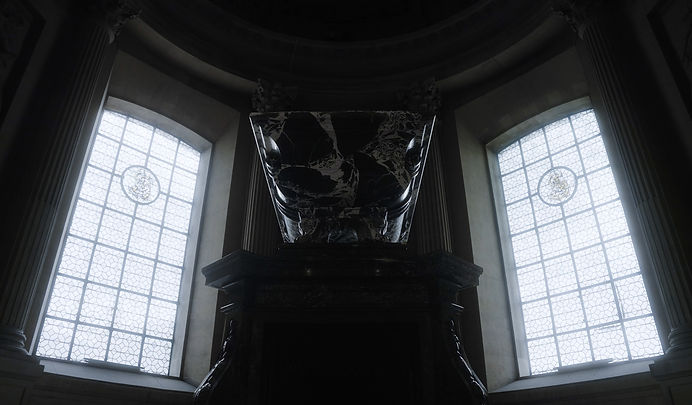
Dispossession
Teaser
2025
Single-channel 4K video, stereo sound
19 min 02 sec
Hush, Marble Stone, Dreams is a moving-image project that critically examines the complex interrelations between nature, the individual, and capital within the contemporary global production chain. The work investigates how capital, through the extraction and commodification of natural resources, restructures human perception, desire, and identity, producing a deep alienation from both the natural environment and the self. Drawing from Marx’s theory of alienated labor and Baudrillard’s concept of sign-value and symbolic alienation, the project foregrounds how the transformation of raw material into commodity is not simply a physical process but a structural one: in converting natural resources into goods, both the material and human labor are re-coded and subsumed within the logic of capital, often imperceptibly reshaping individuals’ cognition, social behaviors, and cultural imaginaries.
Fieldwork for the project was conducted across two distinct geographies. In the Pyrenees, at the Grand Antique and Le Bénou quarries, I captured the stone’s raw textures, fault structures, and subtle interplay of natural light, documenting both the grandeur and solitude of untouched geological formations. These quarries, historically significant for supplying marble to Roman, Byzantine, and Napoleonic-era monuments, reveal the temporal depth of human engagement with natural resources and the symbolic hierarchies embedded in material selection—the more intricate the white veining, the higher the market value, reflecting centuries of culturally codified aesthetic preferences and economic power. In Nantong, China, I filmed the industrial processing of marble from raw blocs to thin slabs, portraying the precise mechanical rhythms of the assembly line. The juxtaposition of quarry and factory sequences traces the material trajectory of marble from geological formation to commodified object, illustrating the double alienation of labor and nature within global capital flows.
Within the moving-image narrative, metaphorical figures—the dancer and the bat—serve as embodied and symbolic mediators of this systemic condition. The dancer represents corporeal agency, creativity, and an aspirational assertion of freedom, yet her gestures are mediated and constrained by industrial rhythms, echoing Silvia Federici’s feminist reading of the body as a primary site of production. The bat, a creature of darkness navigating between natural and artificial light, functions simultaneously as an emblem of the subconscious, surveillance, and the hidden mechanisms of social control. Their interplay constructs a non-linear, dreamlike cinematic logic inspired by David Lynch, wherein the visual and narrative structure conveys both poetic resonance and critical reflection: the contemporary subject seeks to preserve individual rhythm and affective agency but is inevitably drawn into the pervasive loops of consumerism, media spectacle, and systemic discipline.





